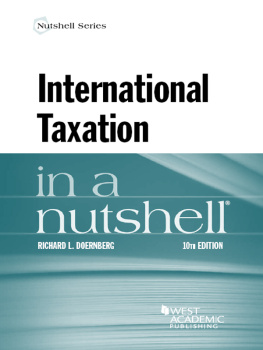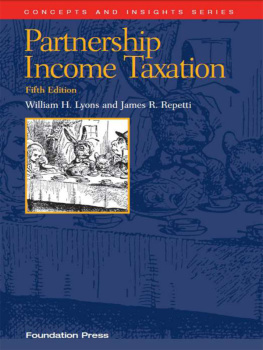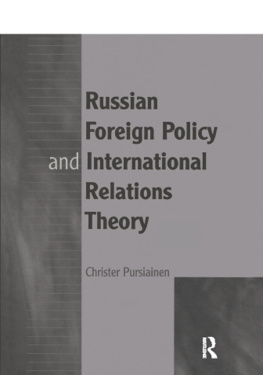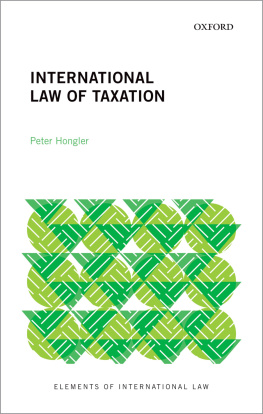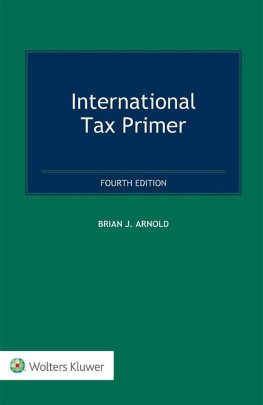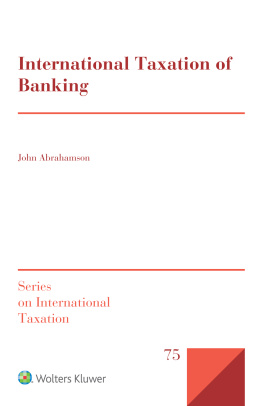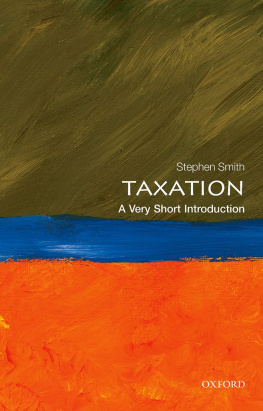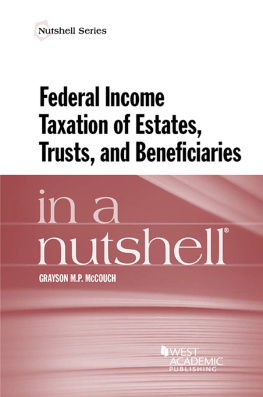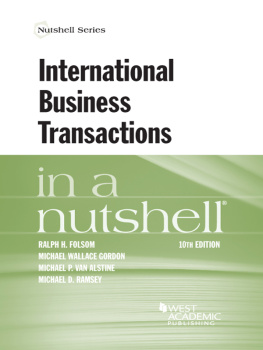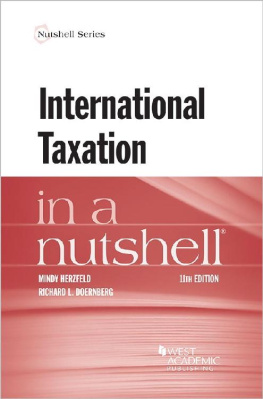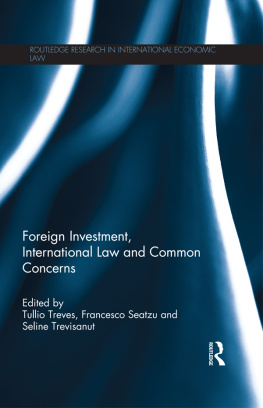Landmarks
Page list

WEST ACADEMIC PUBLISHINGS
LAW SCHOOL ADVISORY BOARD
____________
JESSE H. CHOPER
Professor of Law and Dean Emeritus,
University of California, Berkeley
JOSHUA DRESSLER
Distinguished University Professor, Frank R. Strong Chair in Law
Michael E. Moritz College of Law, The Ohio State University
YALE KAMISAR
Professor of Law Emeritus, University of San Diego
Professor of Law Emeritus, University of Michigan
MARY KAY KANE
Professor of Law, Chancellor and Dean Emeritus,
University of California,
Hastings College of the Law
LARRY D. KRAMER
President, William and Flora Hewlett Foundation
JONATHAN R. MACEY
Professor of Law, Yale Law School
ARTHUR R. MILLER
University Professor, New York University
Formerly Bruce Bromley Professor of Law, Harvard University
GRANT S. NELSON
Professor of Law, Pepperdine University
Professor of Law Emeritus, University of California, Los Angeles
A. BENJAMIN SPENCER
Earle K. Shawe Professor of Law,
University of Virginia School of Law
JAMES J. WHITE
Robert A. Sullivan Professor of Law Emeritus,
University of Michigan
I
INTERNATIONAL TAXATION
IN A NUTSHELL
TENTH EDITION
RICHARD L. DOERNBERG
Emeritus Professor of Law
Emory University School of Law

II
The publisher is not engaged in rendering legal or other professional advice, and this publication is not a substitute for the advice of an attorney. If you require legal or other expert advice, you should seek the services of a competent attorney or other professional.
Nutshell Series, In a Nutshell and the Nutshell Logo are trademarks registered in the U.S. Patent and Trademark Office.
COPYRIGHT 1989, 1993, 1997, 1999 WEST PUBLISHING CO.
West, a Thomson business, 2001, 2004, 2009
2012 Thomson Reuters
2016 LEG, Inc. d/b/a West Academic
444 Cedar Street, Suite 700
St. Paul, MN 55101
1-877-888-1330
West, West Academic Publishing, and West Academic are trademarks of West Publishing Corporation, used under license.
Printed in the United States of America
ISBN: 978-1-62810-555-1
III
To My Family, including Edie and Noa who may one day like to see their names in print
(when they learn how to read)
V
PREFACE
___________
For those who are or will be involved in international business and investment transactions, it is important to have some basic understanding of the relevant tax laws. This book is intended to serve as an introduction to the U.S. law of international taxation. It is primer aimed at law and accounting students, foreign tax practitioners or scholars, U.S. tax practitioners seeking an introduction to the area or a refresher, and others who might benefit from an overview of the U.S. tax laws governing international trade and investment. The book attempts to summarize the law, offering some attention to the purposes of the various legal rules. However, it is beyond the scope of the book to offer a critical evaluation of the provisions summarized or to delve deeply into tax planning structures and techniques. Actually practicing international tax in reliance solely on this primer could be hazardous to your career.
It will come as no revelation that the U.S. income tax laws are wondrously complex. Moreover, the student of U.S. international tax law should have some grounding in U.S. individual, partnership, state, employment and corporate tax principles. U.S. international tax does not exist in a vacuum. Knowledge of foreign tax systems is also useful. But realistically, many practitioners have their hands full trying to understand the U.S. system and collaborate with foreign colleagues on cross-border VI transactions. Ironically it is because of the complexity that it is important to present a straight-forward conceptual framework of the U.S. international tax provisions. Even with a framework, the intricate rules governing U.S. taxation of international transactions can be mind-numbing. Without an understanding of the structure of the U.S. international tax provisions (and often even with such an understanding), the rules are all but incomprehensible. Unfortunately, that is all too often the case even with an understanding of the structure.
To use this book effectively, it is helpful to have the Internal Revenue Code open at all times. If you are truly ambidextrous, you should have the Income Tax Regulations at hand as well. Frequent references are made to both the Code and the Regulations. There are some citations to caselaw and administrative rulings where they help illustrate the subject matter. However, the book is not a treatise, and so there is no attempt to treat comprehensively the caselaw and rulings.
To consider fully the international tax laws affecting international trade would require the study not only of U.S. international tax laws but also of foreign tax laws. However, such a study is beyond the scope of this book. So too is any consideration of the non-tax legal concerns affecting international transactions, including private international law, European Union law, the WTO, NAFTA, the internal laws of other nations, customs VII law, tariffs, and non-tax international treaties. The tax laws of the individual states of the United States are not discussed. The focus here is on U.S. international tax laws and U.S. income tax treaties.
The book is divided into three Parts. After an introduction to the fundamentals of U.S. international taxation and the source rules, the second Part addresses the U.S. activities of foreign taxpayersthat is, investment and business activities carried on by nonresident individuals and foreign corporations in the United States. After a consideration of what a nonresident is for U.S. tax purposes, the basic U.S. jurisdictional tax principles are considered in this Part. Special attention is given to the branch profits tax and the provisions affecting foreign investment in U.S. real estate. Also included in this Part is a chapter on U.S. income tax treaties and a chapter on filing withholding and reporting requirements.
The third Part of the book is directed at foreign activities of U.S. citizens and residentsthat is, investment and business activities of U.S. citizens and residents, including domestic corporations that generate income outside the United States. The centerpiece of this Part is a consideration of the U.S. foreign tax credit. This Part also discusses intercompany pricing, controlled foreign corporations, the treatment of foreign currency, and international tax-free transactions. There is also a chapter on tax arbitragethe heart of much international tax planning. Those income tax VIII provisions regulating the ethics of U.S. business behavior abroad are also briefly addressed.
Hopefully, this book kindles an interest in international taxation. If it does, the reader must move beyond this primer into the maw of the Internal Revenue Code, Regulations, rulings and caselaw that make up the substance of U.S. international taxation. In addition, there are ample secondary sources that explore the subject more comprehensively.
The material presented is current through October 15, 2015 with occasional attempts to gaze into the tax crystal ball in order to anticipate likely changes to U.S. international tax law.
I would like to thank George Soba and Ivan Gutierrez for their contributions to Chapter 9 dealing with Intercompany Pricing. They have more years of experience in the intercompany pricing areas than they probably care to admit.

